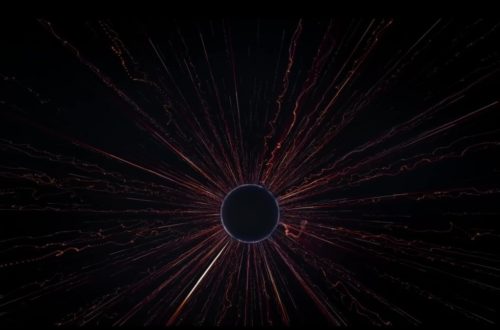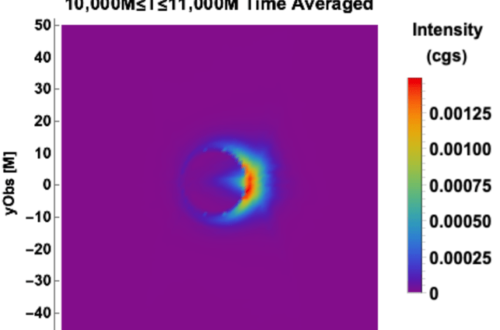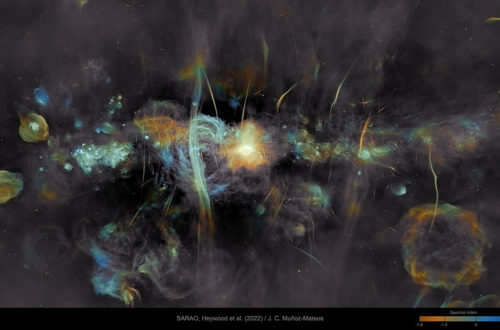Today I thought I would discuss results from my recent paper in ApJ (ArXiv link here). This paper presented results from a very long and comprehensive radio monitoring campaign of the black hole X-ray binary MAXI J1535-571 and included many people within the group.
Using observations that I personally took with the Australia Telescope Compact Array (ATCA) (Figure 1), we were able to track the radio jet throughout the entirety of its 2017/2018 outburst. We found some very interesting and important results from this campaign.

For the next part, you need to know that two types of jets are observed from black hole X-ray binaries. During lower accretion rates we observe a steady compact jet, while at higher accretion rates the compact jet is quenched and we see a short-lived transient jet. The transient jet is composed of discrete ejections of plasma that are shot out from close to the black hole at relativistic speeds. Currently, the sequence of events leading to the compact jet quenching and transient jet launching is not well understood at all.
Firstly, our radio monitoring showed steady compact jet shut off, where we see it being quenched by more than 3.5 orders of magnitude (which is the strongest level of jet quenching observed to date). Myself and Matteo (plus others) are currently working on our next paper analysing how the jet was quenched (and how fast), and what properties of the accretion flow may be driving the shutdown.
At around the same time as the compact jet was quenched, the transient jet was launched. Our monitoring was able to show the ejected material (labelled as ejecta in Figure 2) as moved away from MAXI J1535-571. We see some interesting results. For example, due to the geometry of the system it looked like the ejecta material was moving at faster than the speed of light (called apparent superluminal motion). But that’s just a geometric effect, it wasn’t travelling faster than the speed of light, but it was getting close to it (we determined it was going more than 0.69 times the speed of light). From its motion we can also place some important constraints on the geometry of the jet; we find that the jet must be pointed relatively towards us (at an angle of less than 45 degrees from our line of sight), that the jet must have an opening angle of less than 10 degrees, and the material was expanding at much less than the speed of light (less than 0.1c).

Importantly, we can also trace the motion of the ejected material back in time, extrapolating back to estimate exactly when the ejection event occurred (this removes the time it takes for current telescopes to be able to detect it away from the central source, which can take some time, plus it removes other issues that arise from analysing the lightcurves). This is very important as it can help us identify accretion features at the time of jet launching to help understand how these jets are launched. At present we don’t really know. For a long time it has been thought that maybe these ejections happened at the same time as a special type of X-ray variability (called a type-B QPO). But this link isn’t very clear at the moment (sometimes we see it in some sources, but not others) and we don’t really know if the two are connected, but a lot of work is ongoing on this important connection. However, in our results, it seems that the ejection happened a few days before this accretion feature was observed, implying that, at least in this source for this outburst, maybe they weren’t associated and that accretion feature isn’t a signature of the transient jet launching…. although we should caveat that with it being possible that we missed the type-B QPO in our X-ray monitoring (they can appear and disappear quite suddenly). So it seems that there is still a lot more work to do to understand exactly how and why this type of jet is launched.




